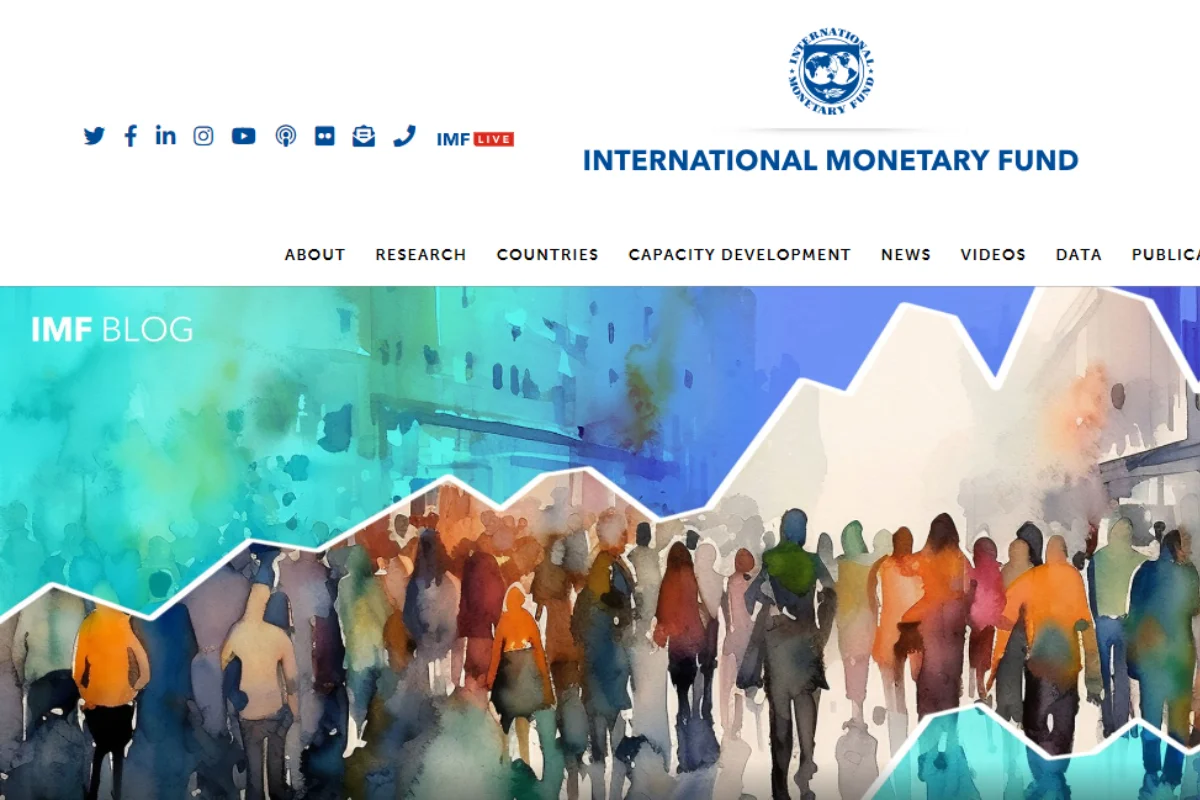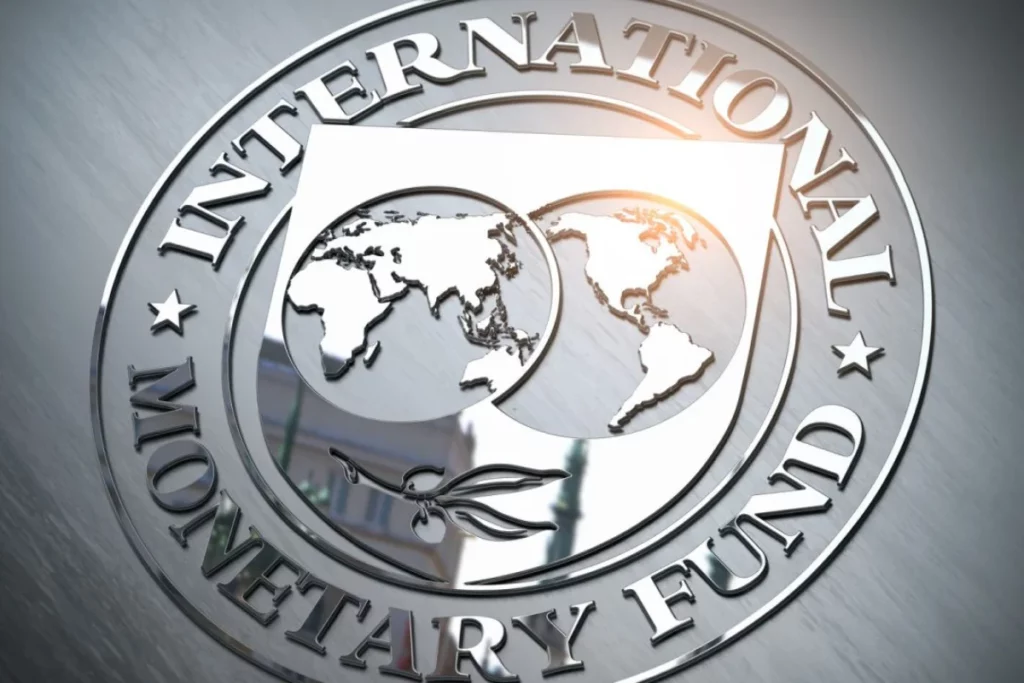- The International Monetary Fund (IMF) has introduced a new method for assessing the risks associated with cryptocurrencies at the country level.
- The Crypto Risk Assessment Matrix (C-RAM) is designed to assist countries in identifying potential risks within the crypto industry and summarize regulatory actions to address these risks.
The International Monetary Fund (IMF) has recently introduced a new method for evaluating the risks associated with cryptocurrencies at the country level. In a working paper released on September 29th titled “Evaluating Macrofinancial Risks Associated with Crypto Assets,” authors Burcu Hacibedel and Hector Perez-Saiz present an innovative approach to identifying vulnerabilities and potential policy responses in the crypto sector.

The central concept in this paper is the Crypto Risk Assessment Matrix (C-RAM), which is designed to assist countries in identifying signs of potential risks within the crypto industry. It also summarizes regulatory actions that can be taken to address these identified risks. The C-RAM aims to provide guidance on understanding the various risks associated with crypto assets, particularly those that could have a systemic impact on global financial stability.
The C-RAM serves a dual purpose, it helps policymakers and regulators manage potential risks related to cryptocurrencies and serves as a tool to identify areas of prudential risk within specific jurisdictions.
The proposed framework in the paper follows a structured three-step approach. First, it uses a decision tree to assess the importance of the crypto sector to a nation’s economy. Second, it examines indicators similar to those used in traditional finance but adapted to assess potential systemic risks in the crypto sector. Finally, the third step focuses on evaluating global macro-financial risks associated with crypto assets, providing insights into a country’s systemic risk assessment.
The IMF paper acknowledges the significant role that crypto assets now play in the international financial landscape, offering benefits such as more efficient payment systems, faster cross-border transactions, and increased financial inclusion. However, it also sounds a warning about potential consequences if the crypto sector lacks robust regulatory and policy frameworks.
Read More: Qatar Financial Centre Unveils Ambitious Digital Assets Framework
One crucial point highlighted in the paper is that many of the tools used in traditional finance to analyze systemic risks are not suitable for assessing risks in the crypto realm. This underscores the need for specialized tools and methodologies tailored to the unique characteristics of cryptocurrencies.
The paper also raises concerns about potential systemic risks that could extend beyond the crypto sector and impact the broader financial industry and the overall economy. These risks include leveraged exposure within crypto markets and corporate exposure due to the integration of crypto assets into payment systems and supply chains. Such integration could make exposed corporations more vulnerable to challenges related to profitability, asset-to-liability mismatches, and cash flow management.
It’s important to note that this paper is a work in progress and welcomes public input and further study. This approach aligns with the IMF’s commitment to promoting public scrutiny and encouraging debate on critical financial topics.
In conclusion, the IMF’s working paper represents a significant step in understanding the risks associated with crypto assets. It not only offers a structured approach to assessing these risks but also underscores the urgent need for robust regulatory oversight in the cryptocurrency sector. As the cryptocurrency sector continues to evolve rapidly, regulatory bodies are working diligently to develop strategies to address potential risks in this emerging field. In response to a request from the Indian G20 presidency, the IMF and the Financial Stability Board collaborated to produce a joint publication on September 7, which set new standards and provided unified recommendations for addressing the various risks associated with crypto-related activities.


